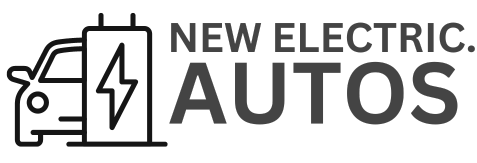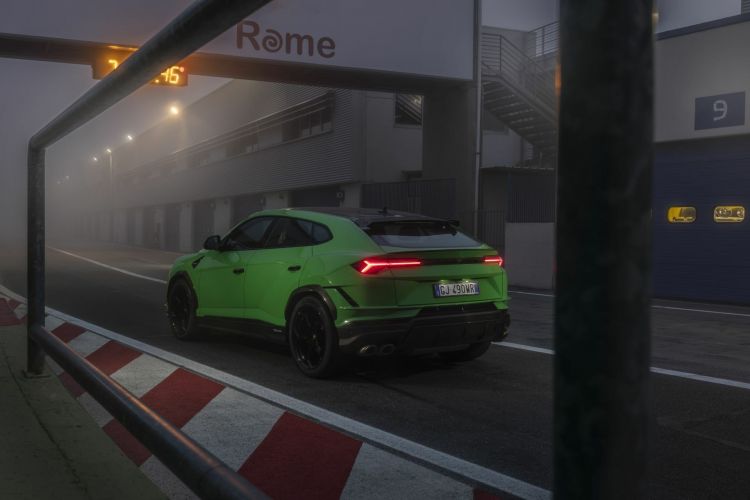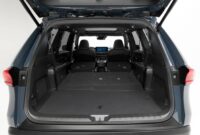The annual appointment – or biannual if the car is less than 10 years old – with the ITV is a procedure that every driver will experience on several occasions. It is a necessary procedure so that our car can continue to circulate legally with minimum safety conditions. Many defects can make us suspend the ITV, with the consequent inconvenience that this causes. We have talked at length about gas, lighting or tire failures… but this defect will also cause you to fail the ITV and it is very easy to overlook it.
That defect is the rear license plate lighting. The license plate of our car is normally illuminated by one or two points of light. The objective is that the vehicle numbering is visible also at night. The obligation to equip a license plate light is included in the General Vehicle Regulations, in its articles 16:
Article 16. Mandatory lighting and optical signaling devices.
The mandatory lighting and optical signaling devices that are regulated in the regulations contained in annexes I and X for motor and towed vehicles are those specified below:
1. Every car, with the exception of those outlined in the following sections, must be equipped with:
Beam. Highway lights. Reversing light. Direction indicator lights with emergency sign. Brake light. Rear license plate light. Front position light. Rear position light. Rear fog light. Clearance light for vehicles over 2.10 meters wide. Non-triangular rear reflectors. Non-triangular side reflectors for vehicles over 6 meters in length. Side marker light in vehicles whose length exceeds 6 meters, except in cabs with a frame.
In addition, those intended for the public passenger service and those for rental with a driver must be equipped with interior lighting in the passenger compartment.
It is easy to overlook these small bulbs when we are doing a pre-ITV inspection of our car. We pay attention to whether the rear fog lights or turn signals work, and we do not pay attention to the state of the small bulbs that illuminate the license plate. It is not uncommon for them to melt or break: They are exposed to a lot of dirt, small touches of parking and vibrations. Replacing them is very simple and cheap, but if we don’t, we can get an annoying “unfavorable” as a result of our inspection.
If the light emitted by these bulbs is not white, we will not pass the ITV inspection either.
If our car has two license plate lights and one of them is burned out, broken or does not work, the result of the inspection may be favorable, as it is incurring a slight defect. If we only have one and it does not work, the result will be unfavorable – the same as if both are out of order – because this is a serious defect. Similarly, if the car has lost the lighting device, lacks a lens, is at risk of detachment or is detached, we will also receive an unfavorable ITV.
Number plate bulbs are very cheap and changing them is a task anyone can do – a screwdriver is usually enough. Remember to check its condition before going to the ITV to avoid unpleasant surprises at the inspection line.






